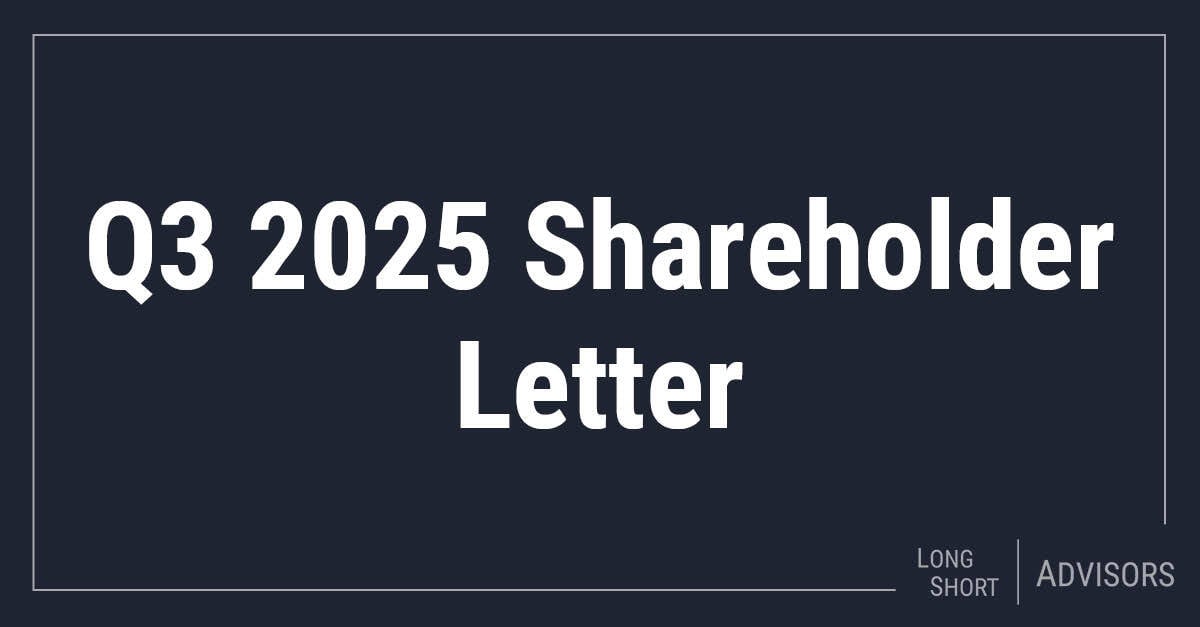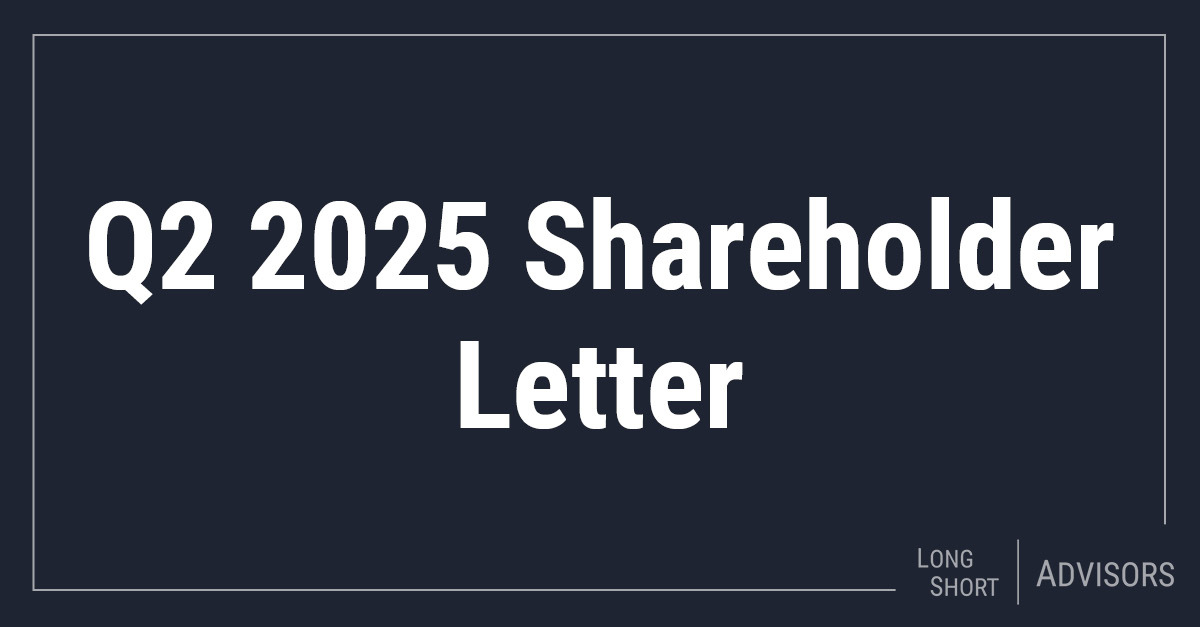A Golden Age for Investment in Alternatives
It’s only April, yet many of the prognostications for 2024 by market strategists are already looking rather foolish. The economy is much stronger than expected, inflation is stickier, interest rates have been rising instead of falling, and the consensus projection of six Fed rate cuts for the year is now down to two and trending lower. After a lackluster 2023, prices of commodities including oil, copper, and gold have surged. Of course, some of these movements are influenced by exogenous events such as the expanding war in the Middle East that bedevil all predictions.
For these and some other reasons, many financial advisors are increasing their clients’ exposure to alternative investments, which has no standard definition but can be thought of as nontraditional asset classes that can potentially improve upon the risk-adjusted return of a standard stock/bond/cash portfolio. Morgan Stanley, for example, recently called into question the logic and diversification potential of the traditional 60/40 stock/bond portfolio due to the regime change of higher inflation, tighter monetary policy, and higher real yields on bonds. “Investors are becoming increasingly interested in alternative investments to further diversify portfolios," they wrote. “Certain types of hedged alternative investments can potentially reduce volatility and/or enhance returns in a portfolio.” Just remember 2022, when prices of stocks and investment-grade bonds crumbled in unison and even Treasuries were no longer a good hedge for equities.
Diversification, Old and New
The concept of pursuing portfolio diversification through alternative asset classes is nothing new but what has changed is the availability and proliferation of alternatives for both high net worth investors in private markets and the investing public in the form of fully liquid 40 Act mutual funds and ETFs. These include hedge funds, commodities and managed futures, real estate, infrastructure, private credit, and private equity. Alts are meant to deliver differentiated sources of return relative to stock and bond investments, but the strategies themselves are quite different. For example, hard assets like real estate and commodities serve as potential inflation hedges; private credit and listed business development companies are supposed to deliver high levels of income with relatively low correlations with bonds; private equity may achieve higher returns than stocks but with little or no income generation.
Managed futures funds, which can be private or publicly traded, offer the ability to take long and short positions in multiple asset classes including commodities, currencies, stocks, and bonds or interest rates. Jurrien Timmer, director of global macro at Fidelity Investments, recently observed that, “Continuing the theme from 2022 and 2023, both liquid and illiquid alts such as hedge funds and managed futures outperformed bonds, providing both superior returns and a lower correlation to equities. It’s the new 60/40 at work, with bonds providing income but no longer risk insurance.”
Hedging with Alternatives
One advantage of, for instance, an equity long-short hedge fund is that it can dampen volatility in a stock portfolio and keep investors in the market. Indeed, one of the most persistent problems in investing is the gap between investment (or time-weighted rate of return of a mutual fund) and investor (money-weighted) return. This stems from investor behavior and futile attempts to time markets.
Morningstar frequently studies the discrepancy between funds’ reported returns and the returns that investors, due to unfortunate timing of cash flows into and out of the funds, experience. For example, when Morningstar measured the return on the average dollar invested in funds during the 10 years to December 31, 2022, it found that investors earned 6%, compared to 7.7% for the funds themselves during the same time frame. For instance, a $10,000 initial investment with a 7.7% annualized return will generate 39% more profit at the end of 10 years than if it compounded at 6%.
Conclusion
Today, we can access products like the LS Opportunity Fund, which offers everyday investors access to whom we believe are some of the best investment and hedge fund managers in the business, in the liquid and transparent form of a regulated mutual fund. A month ago, Nobel Laureate Daniel Kahneman, an Israeli American psychologist, passed away. Kahneman was awarded a Nobel Prize in economics for his pioneering research in behavioral finance, including prospect theory and loss aversion, in which he demonstrated that investors feel far worse about $100 of investment losses than they feel better about making $100. A long-short equity fund such as LS Opportunity, which seeks to limit downside losses and turbulence during the inevitable bouts of equity market volatility, is designed to keep jumpy humans invested in the market to earn the attractive long-term expected returns of equities.
[1]https://www.morganstanley.com/ideas/alternative-investments-portfolio-diversification, November 1, 2022
[2] https://www.linkedin.com/pulse/liquidity-impulse-week-40824-jurrien-timmer, April 8, 2024







